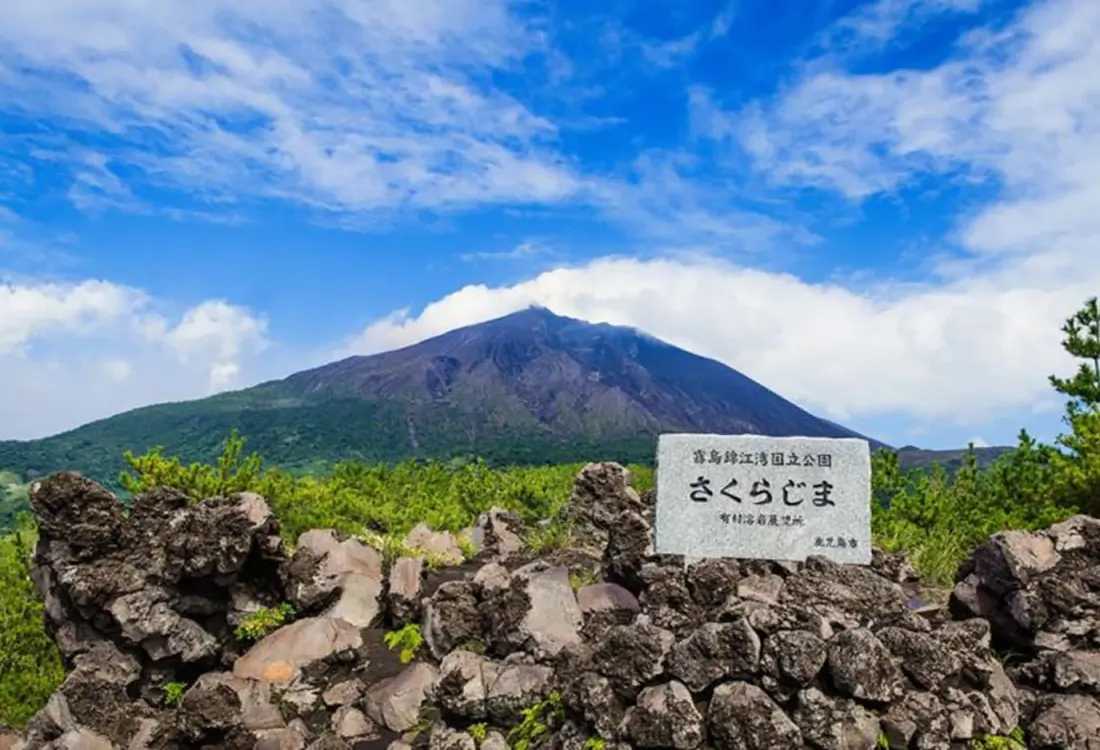
Sakurajima
Nature at its Mightiest
Gorgeous from any vantage point, Sakurajima – the most active among all of Japan's volcanos – is a lovely place to spend an afternoon enjoying any number if activities, whether it's hiking, cycling, kayaking, dolphin-watching, sea-cruising, or just enjoying the stunning panoramic views.

Volcanic activity in the region began around 29,000 years ago, when an enormous eruption created what is known as the Aira Caldera, from which Sakurajima was eventually birthed some 3,000 years later. The entry of seawater created Kinkowan (Kinko Bay) – and the entire area is known as the Sakurajima Kinkowan Geopark.

Fast-forwarding to more recent history, Sakurajima – which has three peaks at its summit – continues to experience regular volcanic activity, including several major 20th-century eruptions.
The eruption that began on January 12, 1914 produced lava flows that created an isthmus through which Sakurajima became connected to the mainland – meaning that it was no longer technically an island (although it is still referred to as such).

After the Haragosha shrine in the village of Kurokami was buried by the 8,000-meter-high blast that accompanied this eruption, local elders decided that the protruding torii (shrine gate) would be preserved as is in order to serve as a warning to future generations.

Standing next to the torii is a beautiful ficus tree that managed to survive the blast –another monument that continues to breathe history into this gorgeous corner of the island.

Visitors who have come to the island by vehicle (or cyclists with time and energy on their hands) will also want to visit the Sakurajima Shirahama Onsen Center, located on the island's northern coast. As we soaked, a friendly woman told us that she traveled several hours by bus a couple of times each month to visit the onsen – her personal favorite – due to its exceedingly relaxed vibe.
Other creative ways to spend time on the island include perusing the stone haiku monuments, crafting lava-based ceramics, visiting a local Sakurajima radish or mandarin orange farm, or enjoying a lunch that you yourself created at the local Lava Manufacturing Center, which features a pizza oven right on its premises.

The center fashions volcanic lava into tiles that are utilized for everything from flooring to yakiniku (grilled meat) plates to use in hot yoga studios.
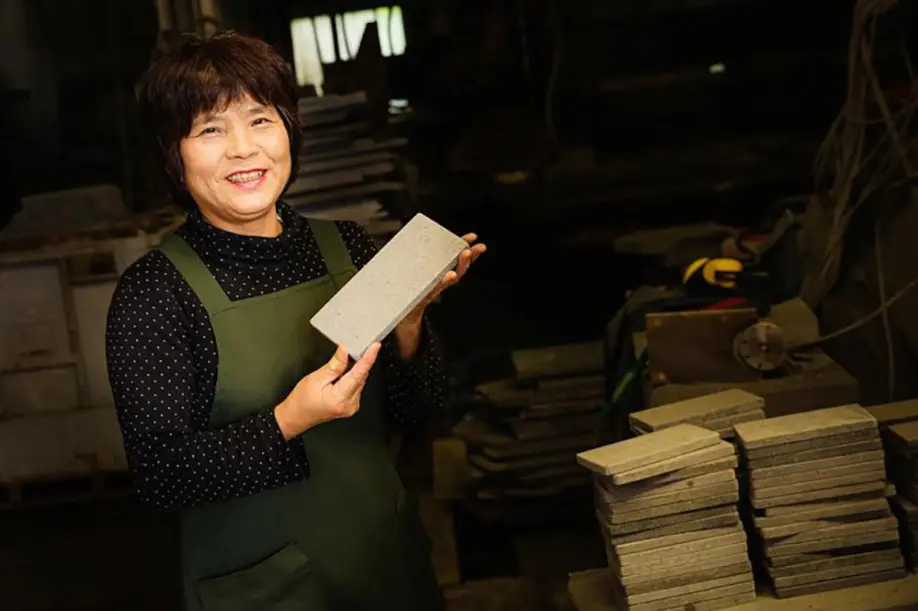
Located two peninsulas over (about a 35-minute drive) from the Forest and Nest cafés, this lovely establishment, just as its name would suggest, attracts travelers with its name – and then invites them to linger with its exceedingly friendly vibe.
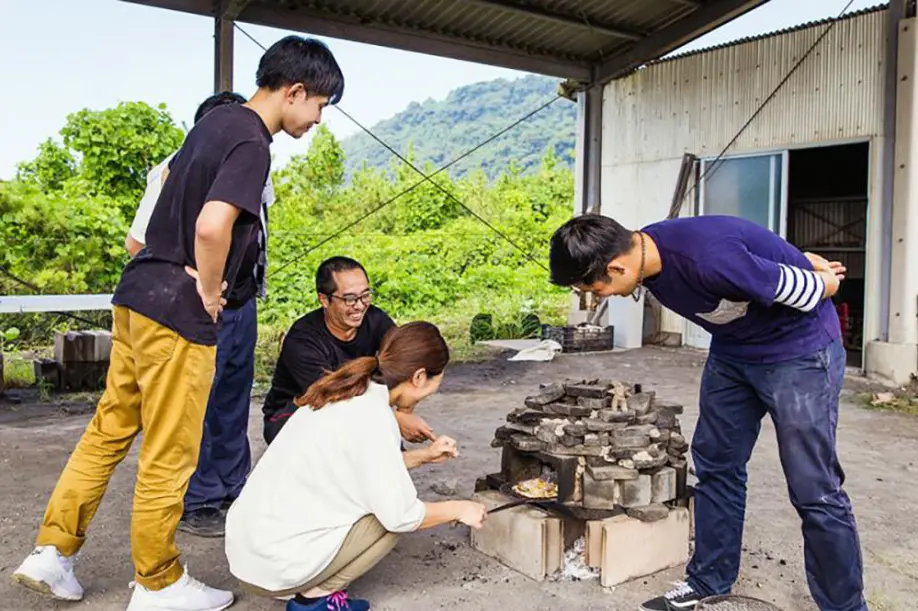
Ogura Yuki, the staff person who was manning the oven during our visit, chatted with us about what it was like to live at the foot of an active volcano.
“It takes two days for the lava to reach the ground from the crater, so those of us living on Sakurajima are not really afraid of eruptions," he said.
Indeed, we saw numerous strategically located evacuation points around the island, and there are actually around 800 small eruptions of the volcano every year. Also, despite the ash that continues to blow regularly from the volcano, as well as the ever-present danger of possible eruptions, scientists are constantly monitoring the activity under its crust. Eruptions do usually come with warning signs, such as precursor earthquakes.
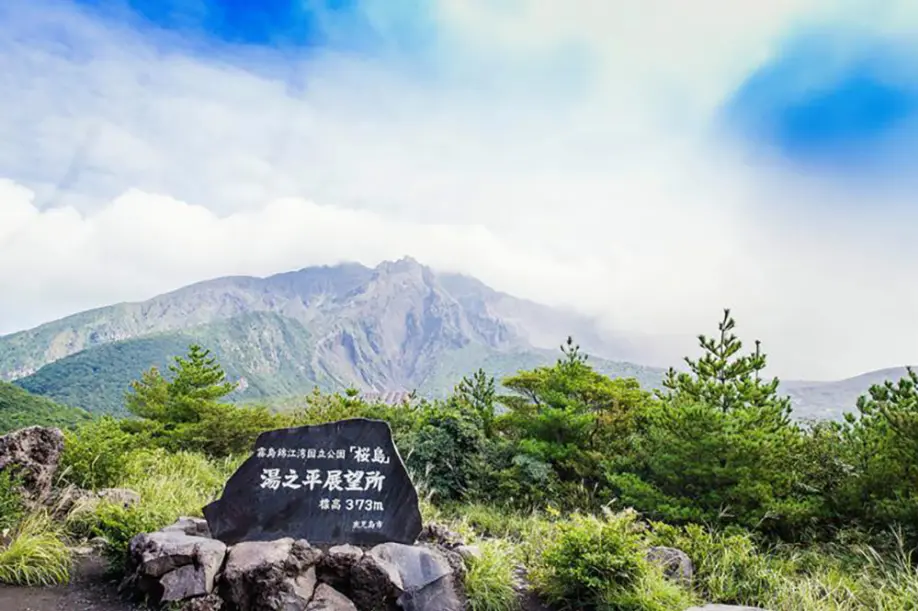
“Actually, when the volcano starts becoming active, it's a really good opportunity for photographers to come out and get some great shots," Ogura added. “At night, when the magma is flowing, it's a really beautiful thing to see.
Links:
http://www.sakurajima-kinkowan-geo.jp/en/en-sakurajima-kinkowan/
http://www.kagoshima-kankou.com/for/attractions/10531
https://www.yougankakou.jp/

Photos by Solveig Boergen
Solveig Boergen is a Tokyo-based photographer originally from Germany who has spent more than three decades living in Asia(Japan, China, Hong Kong, Taiwan, Thailand and Nepal). Her work aims to share human stories, and to show realities that might otherwise remain unseen.Besides travel photography, she specializes in portraits that convey deep emotion, such as newborn babies with their families.

Kimberly Hughes
Kimberly Hughes is a freelance writer, translator, and community organizer who is originally from the desert of the southwestern U.S. and has been based in Tokyo since 2001. She is somewhat addicted to global travel, and also loves cooking, gardening and reading.
 Hiking Matsushima Olle: Course to Explore the Nature and Intriguing History of Amakusa Island
Hiking Matsushima Olle: Course to Explore the Nature and Intriguing History of Amakusa Island Mount Aso: Nature at Its Most Majestic
Mount Aso: Nature at Its Most Majestic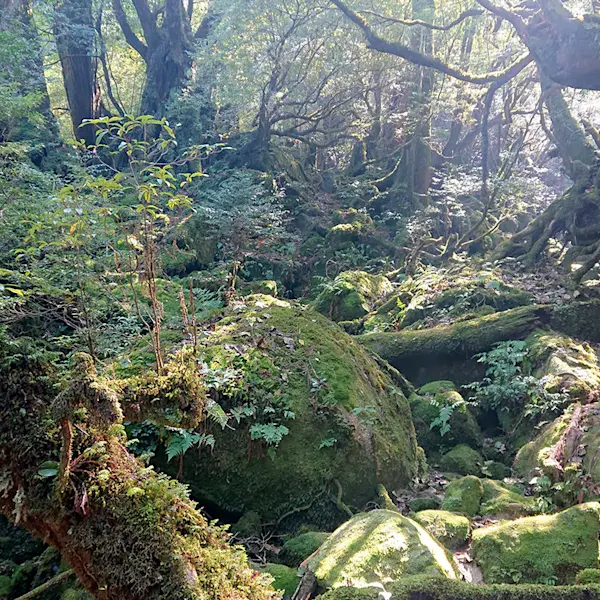 Yakushima: Trekking through Japan’s thousands-year-old forest
Yakushima: Trekking through Japan’s thousands-year-old forest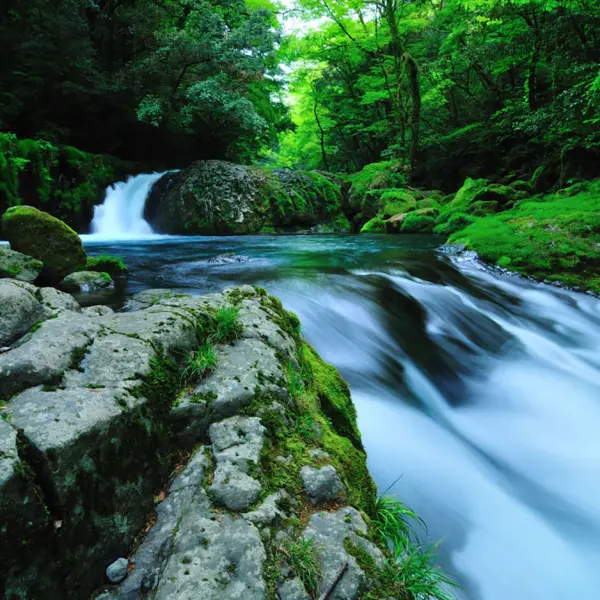 Kikuchi District - The Great Outdoors of Kyushu
Kikuchi District - The Great Outdoors of Kyushu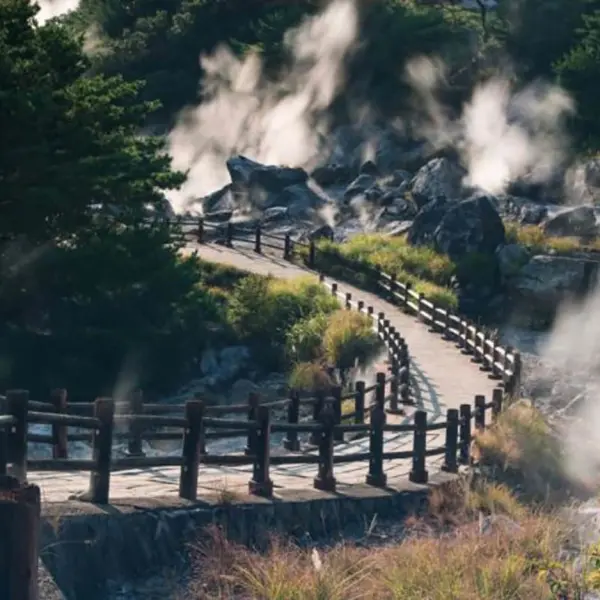 To Hell and Back: Walk Through the Steamy Hot Springs of Unzen
To Hell and Back: Walk Through the Steamy Hot Springs of Unzen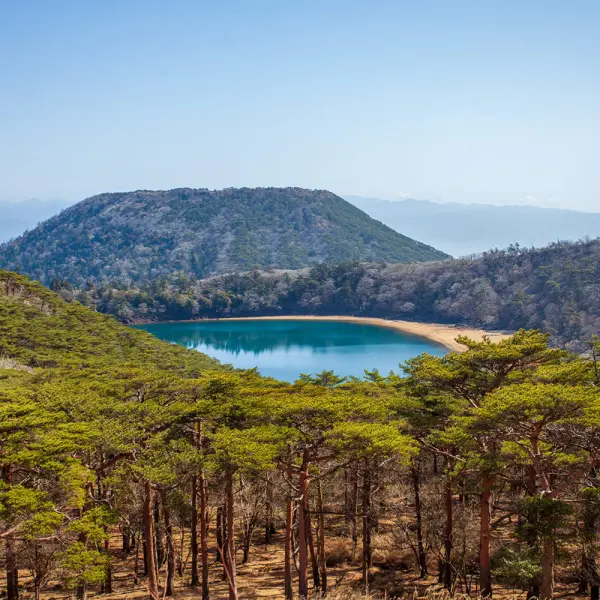 Hiking in Ebino Highlands: Explore the Crater Lakes in the Company of Friendly Deer
Hiking in Ebino Highlands: Explore the Crater Lakes in the Company of Friendly Deer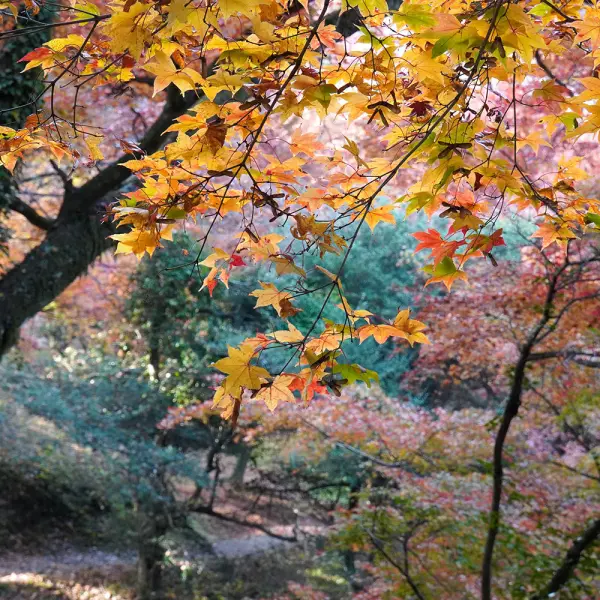 Kyushu Olle: An Autumn Hike on the Okubungo Course
Kyushu Olle: An Autumn Hike on the Okubungo Course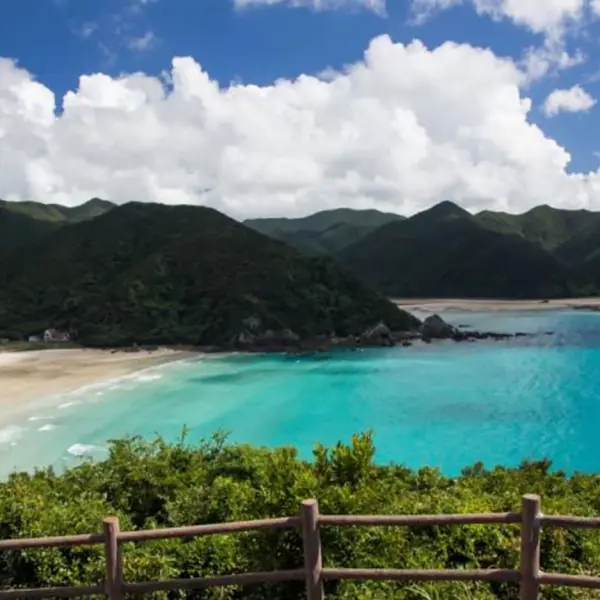 Driving Around Fukue Island: Hidden Churches and Stunning Beaches
Driving Around Fukue Island: Hidden Churches and Stunning Beaches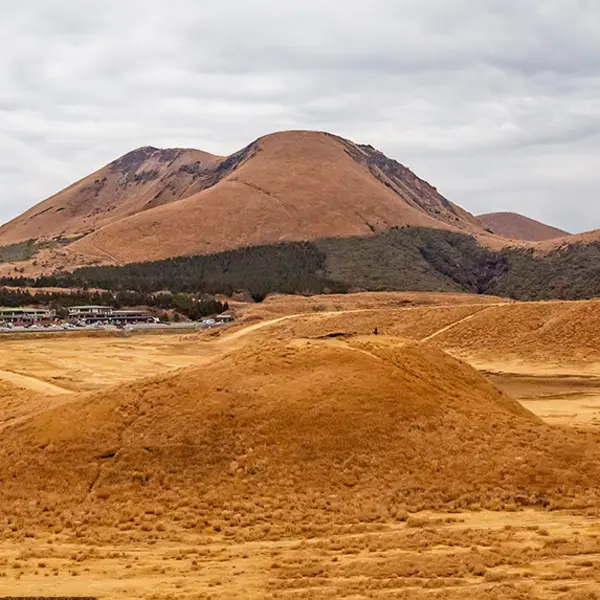 Hiking Trails at Aso Kusasenri
Hiking Trails at Aso Kusasenri Cape Toi in Miyazaki: A Festival of Colors
Cape Toi in Miyazaki: A Festival of Colors




